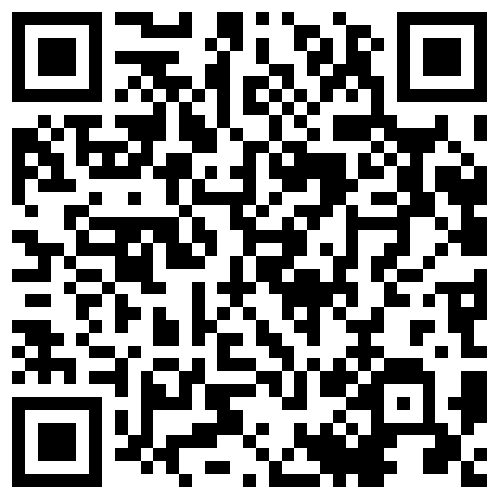| 引用本文: | 郭少雄,宋志群,李勇,刘丽哲,王斌.信息收集中无人机节能轨迹设计与资源优化[J].哈尔滨工业大学学报,2024,56(9):48.DOI:10.11918/202405027 |
| GUO Shaoxiong,SONG Zhiqun,LI Yong,LIU Lizhe,WANG Bin.Energy-efficient trajectory design of UAV and resource optimization for data collection[J].Journal of Harbin Institute of Technology,2024,56(9):48.DOI:10.11918/202405027 |
|
| 摘要: |
| 为优化无线传感器网络(wireless sensor networks,WSN)中无人机(unmanned aerial vehicle,UAV)辅助信息收集系统的能量消耗,在综合考虑无人机飞行能耗和传感器节点上行数据传输能耗的基础上,提出了一种考虑链路间干扰的无人机轨迹和传感器功率分配联合优化算法。首先,基于实际约束构建了系统能耗最小化问题模型;然后,针对多约束优化问题的非凸性特征,采用块坐标下降法(block coordinate descent,BCD)将系统能耗最小化问题分解为固定无人机轨迹下的功率分配和固定功率分配下的无人机轨迹优化两个子问题,根据子问题的数学特征,采用凸近似法将非凸问题转化成可以求解的近似凸优化问题,通过对两个子问题的交替迭代优化,得到原非凸问题的近似次优解;最后,通过仿真实验验证了所提算法的可行性和有效性。结果表明:所提算法最大可使系统能量消耗降低22%,明显优于对比算法;且随着传感器节点数量的增加,所提算法的优势更加明显。研究结果为WSN中的信息收集提供了一种系统能耗优化思路,即在有限提高无人机飞行能耗的基础上,有效降低系统的能量消耗。 |
| 关键词: 无线通信 无线传感器网络 无人机 信息收集 轨迹设计 块坐标下降 节能 |
| DOI:10.11918/202405027 |
| 分类号:TN929.52 |
| 文献标识码:A |
| 基金项目:先进通信网全国重点实验室基金(FFX24641X005) |
|
| Energy-efficient trajectory design of UAV and resource optimization for data collection |
|
GUO Shaoxiong,SONG Zhiqun,LI Yong,LIU Lizhe,WANG Bin
|
|
(National Key Laboratory of Advanced Communication Networks (The 54th Research Institute of CETC), Shijiazhuang 050081, China)
|
| Abstract: |
| To optimize the energy consumption of unmanned aerial vehicle (UAV)-assisted information collection system in wireless sensor networks (WSN), we propose a joint optimization algorithm for UAV trajectory and sensor power allocation that considers inter-link interference. This approach comprehensively takes into account both UAV flight energy consumption and sensor node uplink data transmission energy consumption. Firstly, we construct a system energy minimization problem model based on practical constrains. Then, considering the non-convex nature of the multi-constraint optimization problem, we employ the block coordinate descent (BCD) method to decompose the problem of minimizing system energy consumption into two sub-problems: power allocation with a fixed UAV trajectory and UAV trajectory optimization with fixed power allocation. We apply convex approximation to transform the non-convex problem into a solvable approximate convex optimization problem by leveraging the mathematical characteristics of the sub-problems. We obtain an approximate sub-optimal solution to the original non-convex problem through alternating iterative optimization of the two sub-problems. Finally, the feasibility and effeetiveness of the proposed algorithm are verified through simulation experiments. The results show that the proposed algorithm can reduce system energy consumption by up to 22%, significantly outperforming the comparison algorithms. Furthermore, the advantages of the algorithm become more pronounced as the number of sensor nodes increases. This study provides a systematic approach for energy optimization in information collection in WSNs, effectively reducing system energy consumption by slightly increasing UAV flight energy consumption. |
| Key words: wireless communication wireless sensor networks (WSN) unmanned aerial vehicle (UAV) data collection trajectory design block coordinate descent (BCD) energy-efficient |







